- Learning time
- 20 minutes
- First play time
- 60 minutes
KuZOOka
Designed by: Leo Colovini
In KuZOOka players are co-operatively trying to spring the animals out of the zoo by moving up a track of coloured numbers. Mechanically, it’s about trying to ensure that you collectively have enough cards to match or beat whatever space you stop on, getting further and further until you eventually reach the end. The catch is, players only know their own cards – not anyone else’s.
Players each begin with an animal card (that grants them a special power) and a bunch of matching animal markers. They also have a hand of trash cards, representing stuff left behind by zoo visitors the animals are now using to escape. The trash cards come in six colours, and each colour has a different number of that card: there’s six yellows, seven reds and so on.
The route out of the zoo – those colours and numbers – is broken into zones. The starting player puts one of their markers somewhere in the first zone, and then it’s the next player’s turn to place a marker: it must be further along the track, but can never jump further than somewhere in the next zone. What you’re doing is two things: using the track to try and signal to the other players what cards you have in your hand, and – needless to say – trying to get as far along it as possible. At some point, someone – maybe everyone – will feel you’ve gone far enough along the track, and it’s time to reveal cards. If together you have enough cards to match or exceed the furthest animal token, then you gain experience points. These can be cashed in to move up through the experience levels, which mean more cards get dealt out, and there are even some shared cards played face-up to the table. More cards means you can move further up the track, and the shared ones are extra helpful because it’s shared knowledge too. However, if you don’t have enough cards, you gain nothing! Move the round marker on and do better!
If you reveal exactly the right number of cards (ie no more) for the track, then you also get to shuffle a ‘universal tool’ wild card into the deck. And don’t forget, each player has a special power they can use: the eagle, for instance, can ask another player for information about their hand. The snake can draw a new hand, but are hobbled by the fact every time they do their hand size shrinks for the current round. The chameleon can get one new card, but must then discard a card. And so on. From inauspicious beginnings, the ideal is that your hands grow, universal tools are added, more experience is gained and you get further and further down the track until eventually you stop on the final ‘escaped’ zone and – one hopes – successfully reveal you have enough cards between you to pull off the escape.
The guru's verdict
-
Take That!
Take That!
None
-
Fidget Factor!
Fidget Factor!
Low, although the game is probably better with three or four.
-
Brain Burn!
Brain Burn!
If the game is a slightly curious thing, it's not complicated. You can look back down the track and see what colours everyone feels more confident about, and move ahead - or don't! - based on that information and your own cards.
-
Again Again!
Again Again!
There are two distinct board sides and three difficulty levels.

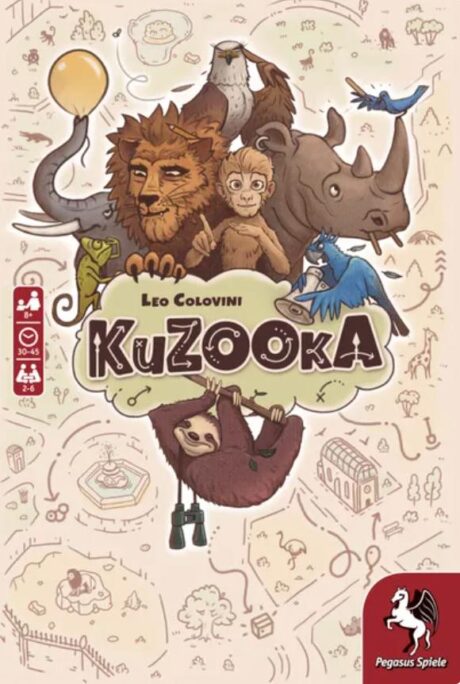
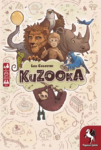
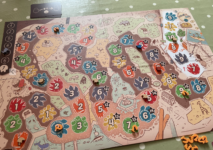
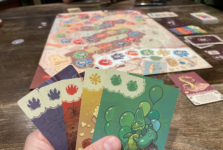

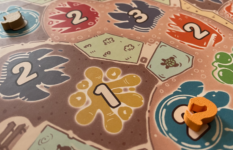



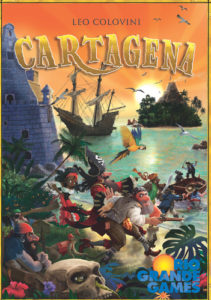
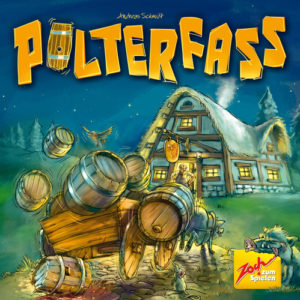

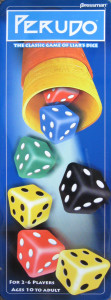
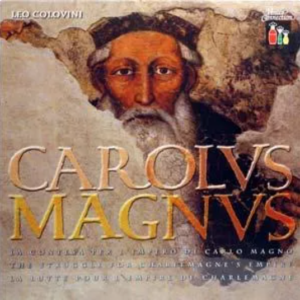
Sam says
An unusual game that takes the hidden information of Perudo and turns into a co-operative venture, meaning the undertaking has a kind of low-level tension and element of detective work to it. It's hard to get your head around at first because we have a track but we're not racing, and we have cards but we don't play them. I guess for some that slight sense of inertia might underwhelm, but I confess I enjoy Kuzooka for both it's oddball curiousness and the delightful mix of risk-taking and deduction.